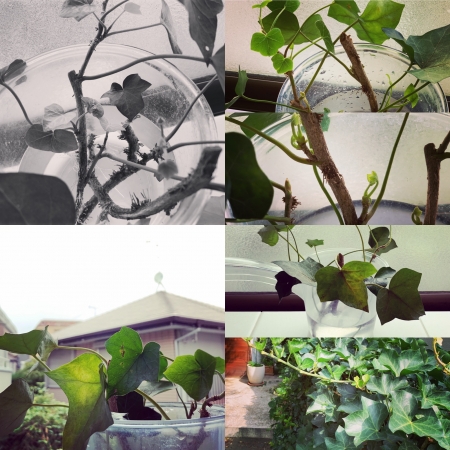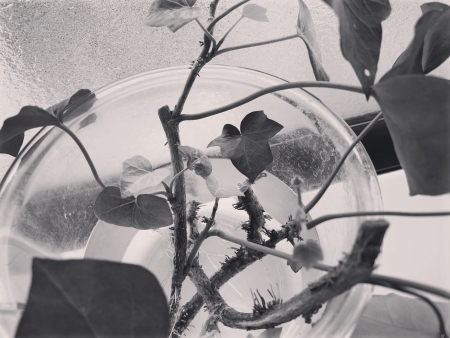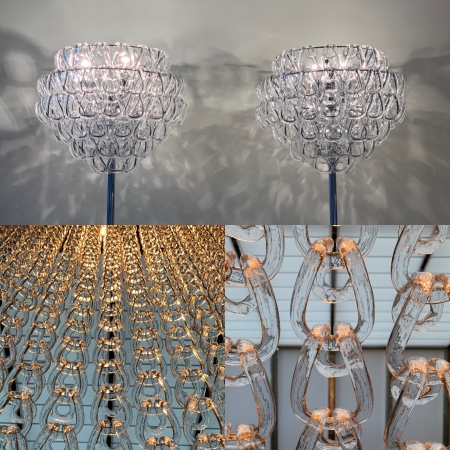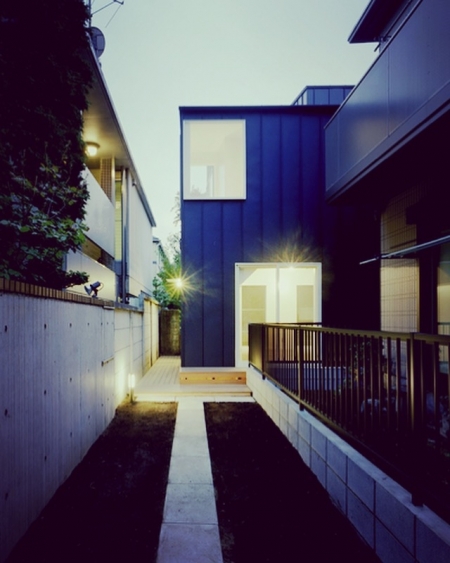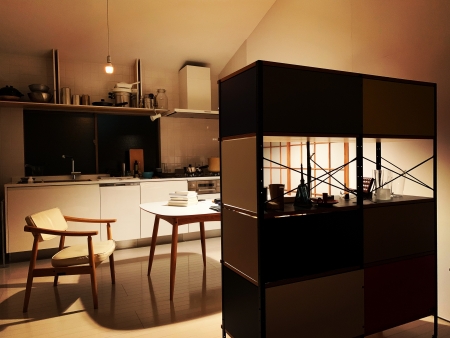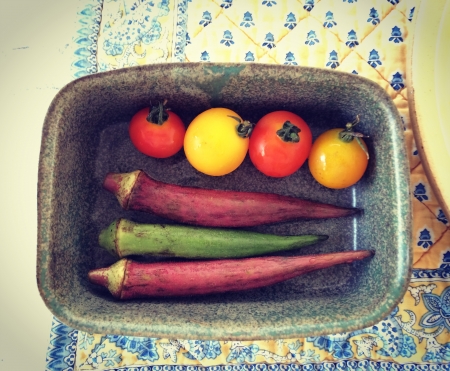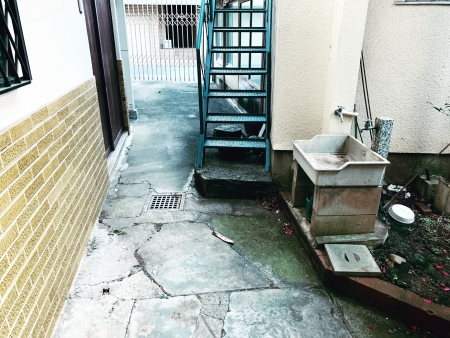複雑なまま
複雑なことを整理して単純に見せることは、とてもわかりやすくなり、複雑なことを人に伝えやすくなるから、それはとても大事だと思うが、複雑なことをそのまま複雑に見せても、そこに良さがあれば、複雑なままでも良いのではないか、むしろ、複雑なことをそのまま複雑に見せることができたならば、より複雑さが理解しやすく良いのでは、あとはどのようにわかりやすく伝えるかを考えれば良いだけ。
複雑なことを単純にして提示することを専門性と呼ぶ。建築ならば、建築性。建築性を駆使することが設計者には求められる。逆に建築性を発揮するから設計者とも言える。
建築性という手段を使って、複雑な条件や要望などを整理し、そこに何らかの解法を与え、単純でわかりやすく提示することが設計である。
となると、設計者の建築性がクライアントとの共通言語にならないとプロジェクト自体がはじめから上手くいかない。
ところが、そもそも建築性とは、設計者が設計する対象を客観視して発揮されるものであり、クライアントは設計する対象に対して主観的にしか見ることができないから、設計者とクライアントとの間にボタンのかけ違い、時には大きな断絶が生じることもある。
ならば、どうするか、クライアントに頑張ってもらって、設計する対象を客観視して、設計者と同じ土俵に立ち、設計者が発揮する建築性を理解してもらうか、設計者が建築性を捨てて、クライアントと同じ土俵に立つか、設計者がクライアントとの共通言語になるものを新たに構築するかしかない。
理解あるクライアントに巡り会える場合もあるが、それを期待するよりも、設計者が建築性を捨て、新たにクライアントとの共通言語を構築する方が汎用性があり、可能性があることのように思う。
建築性を捨てる、ならば複雑なことはそのまま複雑に見せることになり、その見え方が良く、より何かを、日常を豊かにする解法を見つけ、あとはそれをわかりやすくクライアントに提示する、それが設計になる。
"Remain complex''
I think it is very important to organize complex things and show them simply because it is very easy to understand and it is easy to convey complex things to people. If it is good, it may not be complicated. Rather, if you can show the complex things as they are, the complexity will be easier to understand. Just think about what to tell.
To present complicated things simply is called expertise. If it is architecture, it is architectural. Designers are required to make full use of architecture. On the contrary, it can be said that it is a designer because it exhibits architectural properties.
The design is to organize complex conditions and demands using the means of architecture, give them some solution, and present them simply and clearly.
Then, if the architect's architecture does not become a common language with the client, the project itself will not work.
In the first place, however, architecture is achieved by objectively viewing the object designed by the designer, and the client can only see subjectively against the object being designed. In some cases, the buttons may be misplaced, sometimes causing a major break.
If so, ask the client to do their best, objectively look at the object to be designed, stand on the same ground as the designer, and understand the architectural ability exhibited by the designer, or the designer throws away the architectural ability The only way to do this is to stand on the same ground as the client, or to build a new one that allows the designer to become a common language with the client.
In some cases, you can meet an understanding client, but rather than expecting it, it is more versatile and possible for the designer to abandon the architecture and build a new common language with the client. think.
If you abandon architecture, complex things will look complicated as they are, they will look better, find a solution that enriches your daily life, and then present it to the client in an easy-to-understand manner, That is the design.

